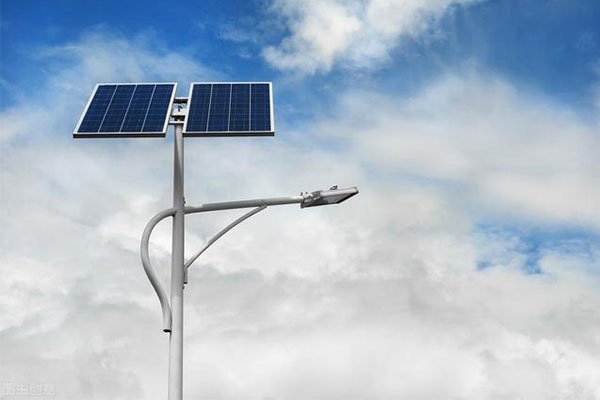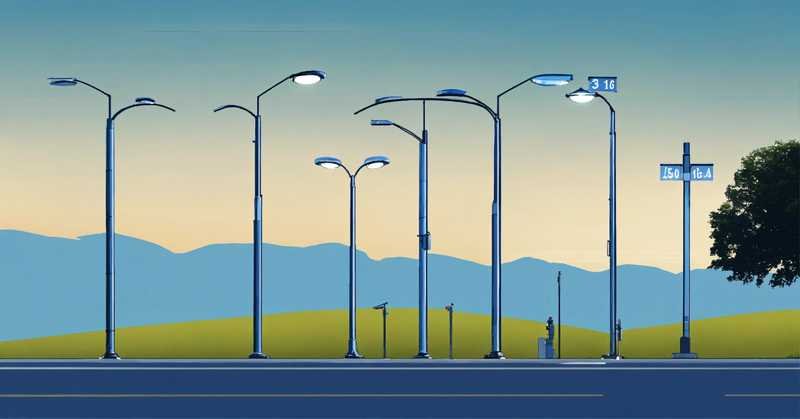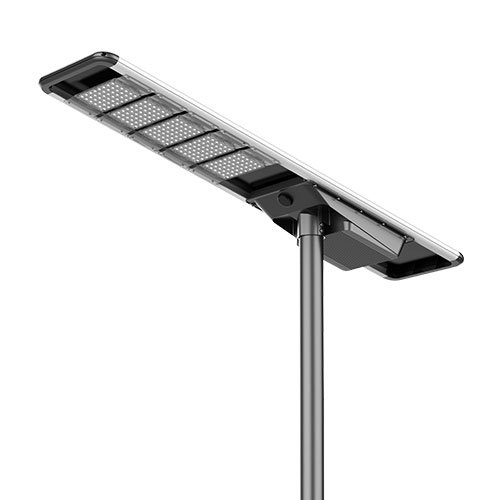Many believe street lights can effectively charge solar panels, but is that really the case? The reality is more complex.
Artificial light can generate some power in solar panels, but the efficiency is significantly lower than natural sunlight. While solar panels are designed to absorb a broad spectrum of light, artificial sources do not provide the same energy output.
To understand this topic better, we will explore how solar panels function, whether artificial light1 can be used for charging, and the best energy storage options for solar-powered street lights.
Can Artificial Light Power a Solar Panel?
Artificial light can generate power in a solar panel, but its efficiency is much lower than natural sunlight. This is because artificial light1s do not emit the full spectrum of energy that the sun provides.
1.1 Factors Affecting Solar Panel Performance Under Artificial Light
Several key factors determine how well a solar panel can generate electricity from artificial sources.
- Type of Light Source – LED, fluorescent, or incandescent bulbs impact efficiency differently.
- Light Intensity – Stronger artificial light1 increases energy absorption.
- Wavelength and Spectrum – Lights that mimic natural sunlight provide better results.
- Angle of Light Exposure – The correct angle enhances absorption efficiency.
Understanding Artificial Light and Solar Panels
Solar panels work best under direct sunlight because:
- Sunlight provides a broader light spectrum – Covering UV, visible, and infrared rays.
- Artificial lights are weaker – Even bright street lights produce only a fraction of the sun’s intensity.
- Energy loss occurs – Artificial lights convert electricity into light, which is then converted back into electricity, causing inefficiencies.
How Do Solar Panels Work?
Solar panels use photovoltaic (PV) cells to convert sunlight into electrical energy. Some systems also use thermal methods to generate power from heat.
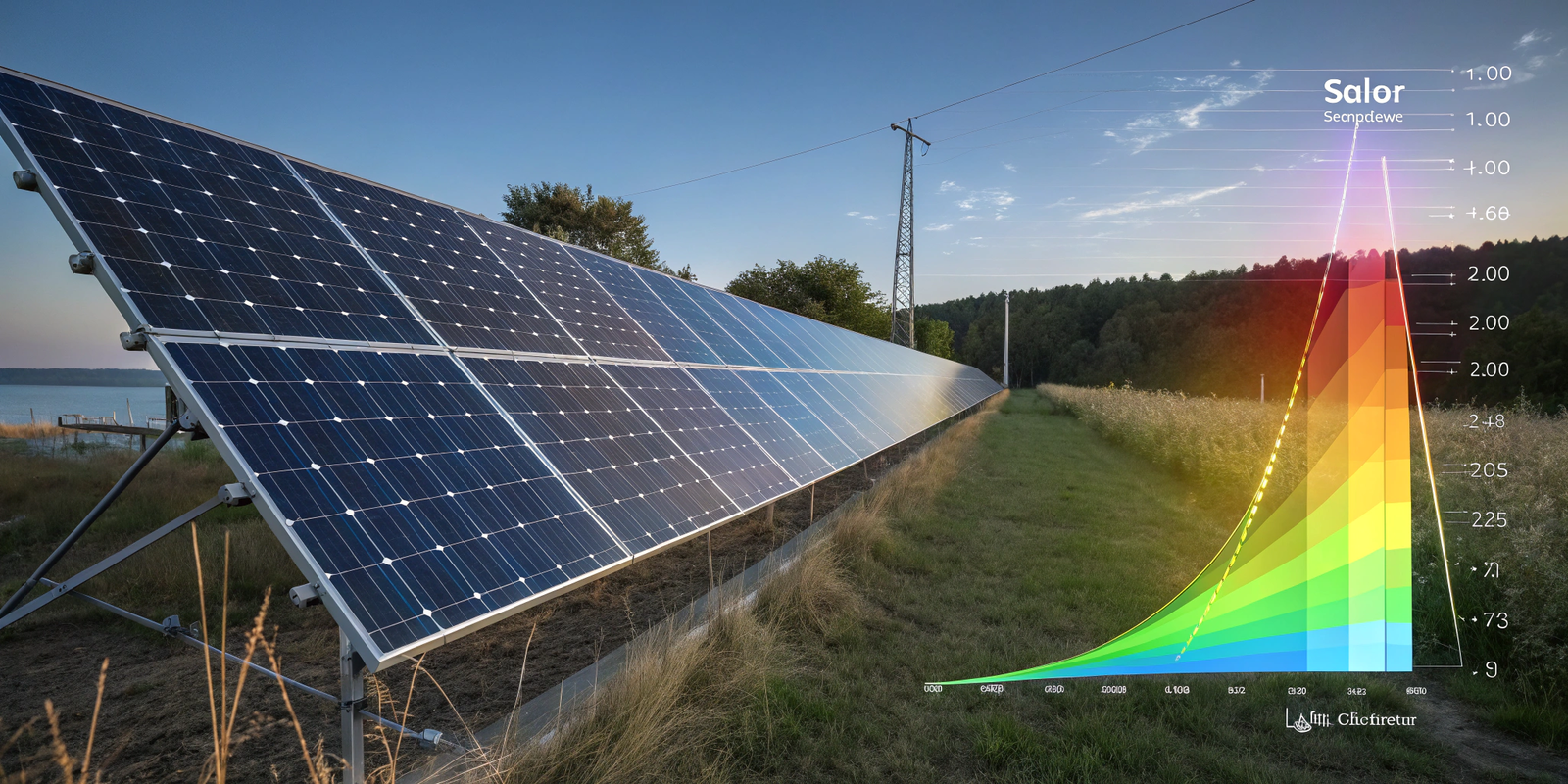
2.1 Types of Solar Panels
There are different types of solar panels, each with unique characteristics:
| Solar Panel Type | Efficiency | Cost | Best Use Case |
|---|---|---|---|
| Monocrystalline | High | High | Low-light conditions |
| Polycrystalline | Medium | Medium | Standard applications |
| Amorphous Silicon | Low | Low | Flexible applications |
Photovoltaic vs. Thermal Solar Cells
- Photovoltaic (PV) Cells – These absorb sunlight and generate electricity through semiconductors like silicon.
- Thermal Solar Cells – These generate electricity by heating water to produce steam, used in large-scale solar thermal power plants.
Can Solar Panels Work at Night?
Solar panels do not generate electricity at night. However, solar street lights2 function using rechargeable batteries that store energy during the day and release it at night.
3.1 Off-Grid Solar Street Lights
Solar-powered street lights are designed for nighttime operation:
- Feature a solar panel mounted on a pole – Capturing sunlight during the day.
- Charge batteries throughout the day – Storing energy for later use.
- Provide uninterrupted lighting at night – Using automatic sensors for activation.
Can Artificial Light Be Used to Charge Solar Panels?
While artificial light1 can charge solar panels, it is highly inefficient compared to natural sunlight. The power generated depends on multiple factors, such as bulb type, distance, and wattage.
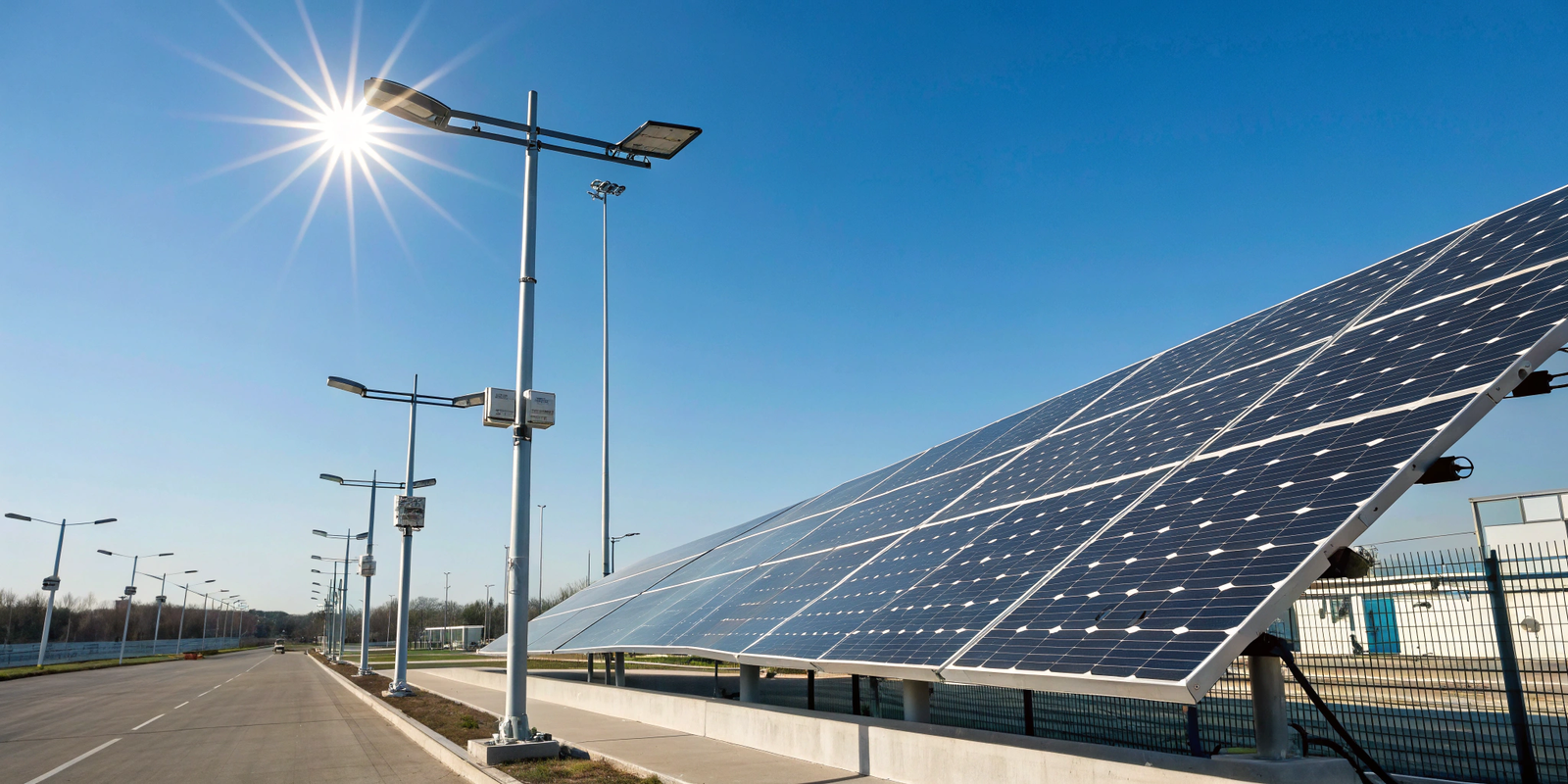
Factors Influencing Efficiency
| Factor | Impact on Charging |
|---|---|
| Type of Bulb | LED is better than incandescent |
| Distance from Light Source | Closer proximity improves efficiency |
| Power of the Light Source | Higher wattage generates more power |
Practical Applications of Artificial Light Charging
Artificial light can be used to charge solar panels in specific scenarios:
- Indoor solar-powered gadgets – Small devices can charge under strong LED lights.
- Supplemental charging – Artificial lighting can provide minimal backup power.
- Emergency charging – Temporary solutions when sunlight is unavailable.
Choosing the Right Battery for Solar Street Lights
A good battery should store enough energy for nighttime lighting, support continuous operation on cloudy days, and work efficiently with the solar panel.

5.1 Types of Batteries Used in Solar Street Lights
| Battery Type | Advantages | Disadvantages |
|---|---|---|
| Lithium-Ion | Long lifespan, lightweight, fast charging | Higher cost |
| Lead-Acid | Cost-effective | Requires regular maintenance |
| Nickel-Cadmium | Durable | Less environmentally friendly |
How to Choose the Best Battery
- Consider battery capacity – Higher capacity supports longer operation.
- Check lifespan and durability – Lithium-ion lasts longer than lead-acid.
- Match the battery with the solar panel’s energy output – Ensuring optimal efficiency.
Conclusion
While artificial light1 can charge solar panels, it is not an efficient or reliable energy source. Solar panels work best with direct sunlight, and artificial light1ing should only be considered as a supplementary option under special circumstances. For optimal performance, solar street lights2 should use high-quality photovoltaic panels and energy-efficient batteries to store and provide power effectively.




